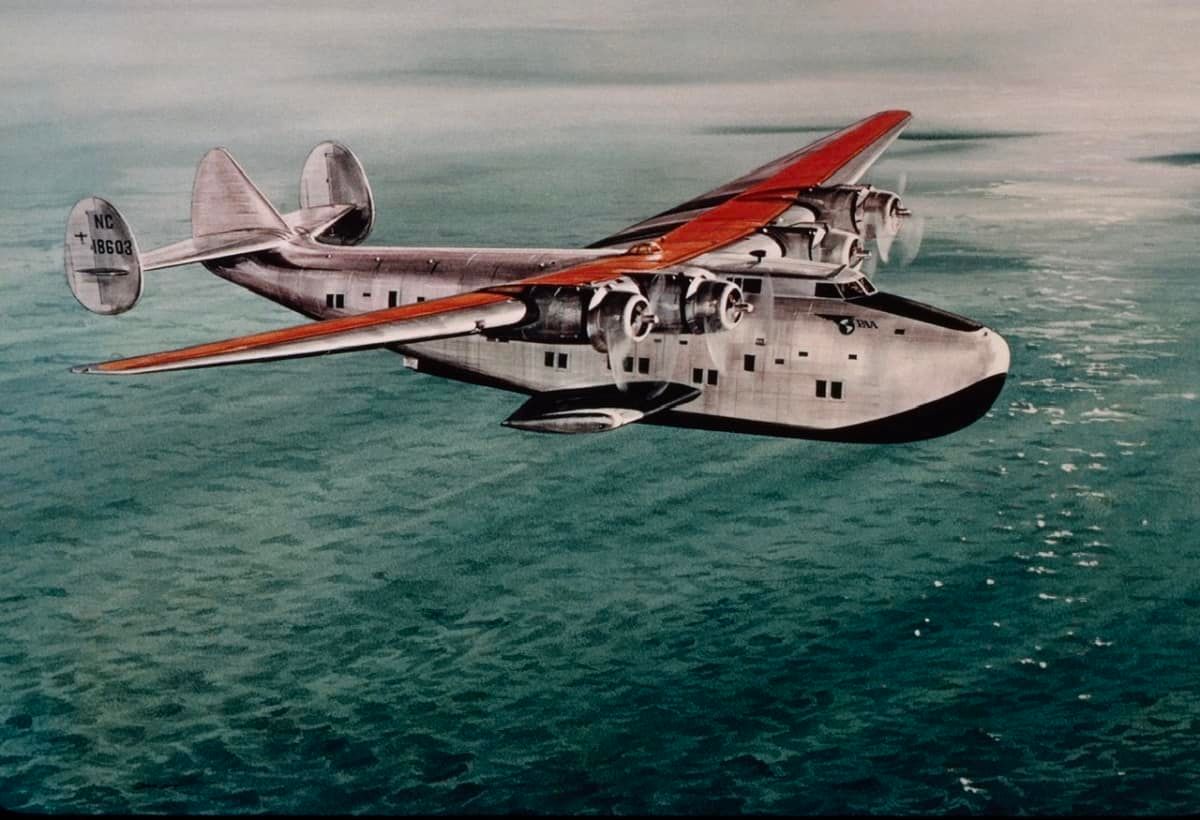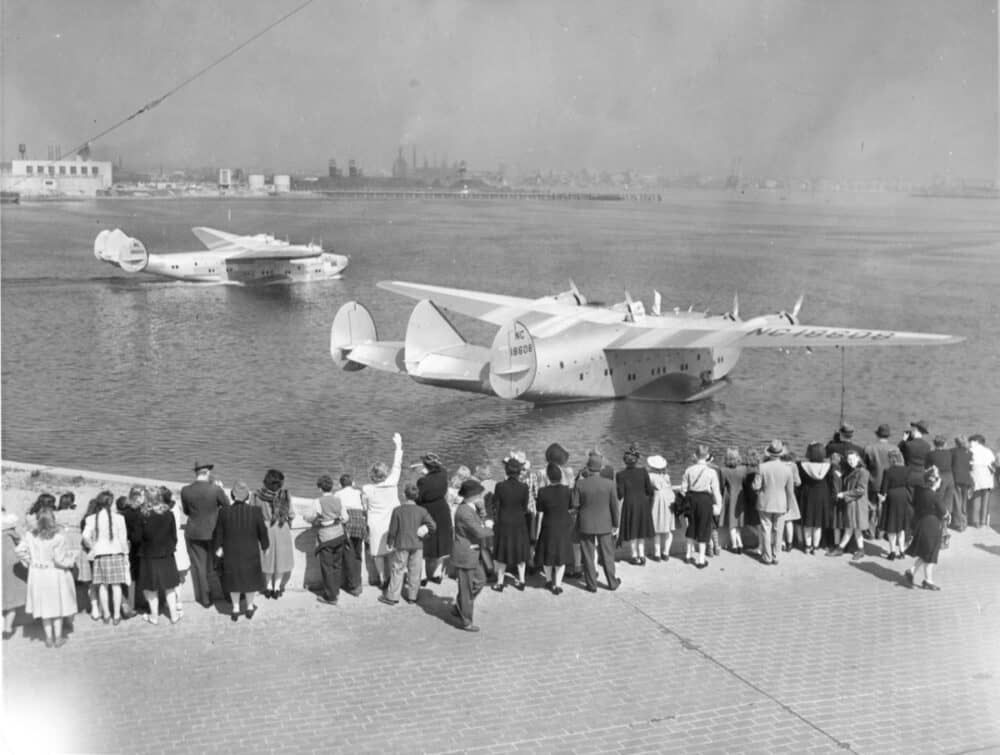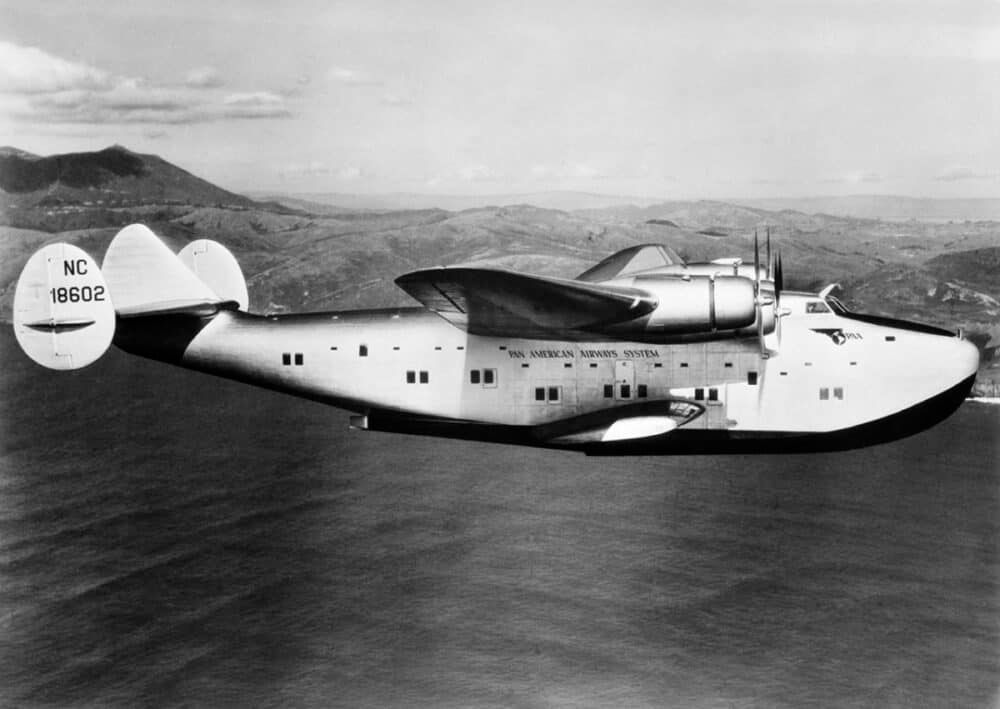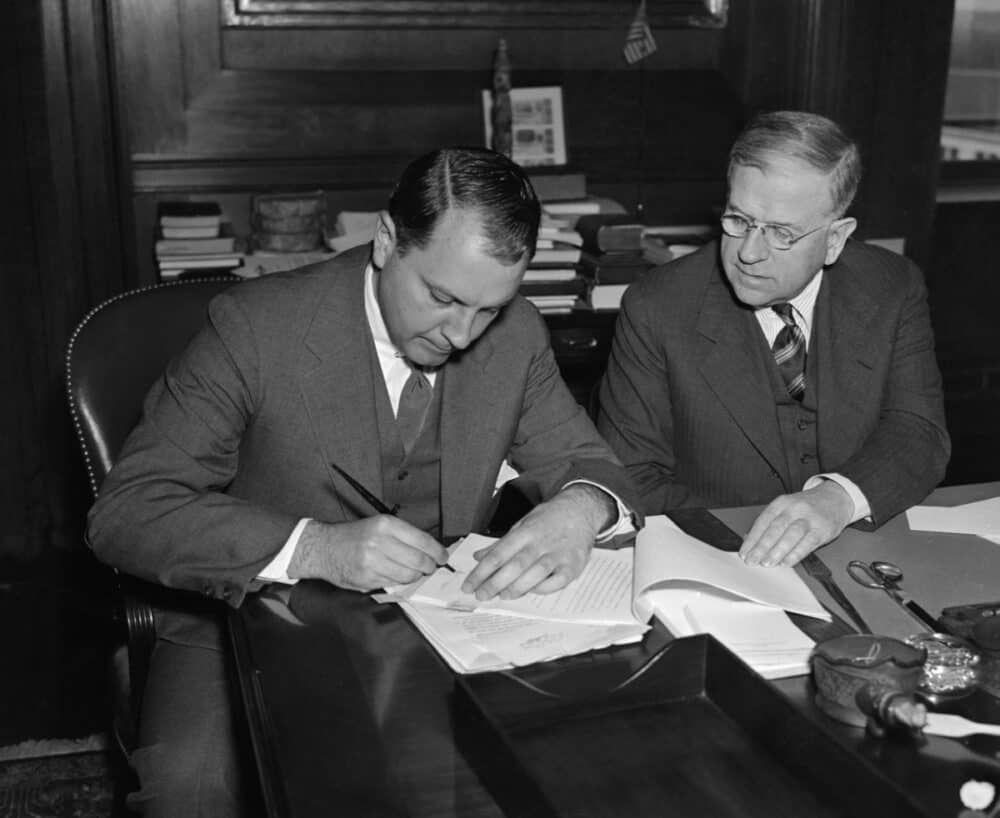The United States' entry into World World II in 1941 had a significant impact on airlines across the country. Pan American World Airways, being one of the leading carriers at the time, had its operations shaken. Here is a look at the airline's role during this crucial period.
A priority shift
By the time of the attack on Pearl Harbor on December 7th, 1941, Pan Am's network spanned half the world. While Europe was deep within the conflict, the operator's popular Boeing 314 Clippers were still flying high in the skies.
However, the incident in Hawaii changed the landscape of industries across the US for years to come. Instantly, several commercial flights received orders to land at the nearest airport. Subsequently, airlines were asked to unload passengers and cargo before awaiting orders from officials.
Stay informed: Sign up for our daily aviation news digest.
Carriers such as Delta Air Lines, American Airlines, United Airlines, and Pan Am had to put most casual flights on hold to work closely with authorities in the war effort. Altogether, the military requested 200 of the country's 360 aircraft. The government also took on most of the aviation industry's workers.
Pan Am was rocked by the events immediately. The bombings had hit the airline's base along with battleship row and Hickham Field. To escape the attack, a Clipper was piloted from Wake Island to New York.
The Pan Am Historical Foundation shares how the firm soon covered its Clippers' famous silver and blue livery with military camouflage. Additionally, its pilots, engineers, and radio operators all signed up to serve the nation.
At the time, Pan Am was holding the earth's only transoceanic transport system. It also had the infrastructure to support it. Therefore, thousands of personnel trained in the airline's facilities in Miami, Florida.
Covering all corners
Pan Am's contributions involved intricate missions in Southeast Asia. Japan's campaign in the region saw it shut down supply routes to Chinese forces. There was only a dangerous air corridor over the Himalayas that was open.
Therefore, in April 1942, crews of the Allies began flying across "The Hump" which was part of the Himalayan range between India and southern China. Several of the aircraft and pilots involved in these missions came from Pan Am.
For three years, these operations delivered thousands of tons of essential supplies to Chinese troops. These efforts were undoubtedly crucial in the Asian theatre of WWII.
Pan Am was also doing important work around the globe. In January 1943, a Dixie Clipper transported President Franklin Roosevelt on a scenic journey to the Casablanca Conference in Morocco. The flight flew from the US and stopped at Trinidad, Brazil, and Gambia on the way. Several of his staff members followed him on the Atlantic Clipper.
It was as this meeting where Roosevelt, British Prime Minister Winston Churchill, and Free France leader Charles de Gaulle spoke about their strategy on how to defeat the Axis powers. On the way back, the president celebrated his 65th birthday flying over the Atlantic Ocean on the plane.
Clandestine expeditions
The carrier also conducted critical cargo services during wartime. In fact, some of the most significant moments during the war and in modern history happened with the materials that Pan Am's planes carried.
In a secret mission, the airline's Clippers carried tons of Central African uranium ore to the US, and they had to fly high enough to avoid threats from any U-boats. After refinement, the uranium became bomb fuel. Approximately 75% of the uranium in the atomic bomb that was dropped on Hiroshima was brought in from Africa via operations such as this.
Looking forward to carrying the public again
As the war was heading towards its end, Pan Am's leader, Juan Trippe, realized how much the world would be different going forward. He said that as the airline carries people, mail and merchandise, ideas, science, medicine, culture, and the arts, it will once again carry shipments of goodwill. He added that he hopes the firm will never transport cargos of imperialism and hate.
"Let me suggest for your consideration some ways in which air transport can be on the right side and do the right thing - how it can be made more completely the instrument of the common man," Trippe said in 1943, according to The Pan Am Historical Foundation.
"The first way is simple. It is to assume our natural responsibility as a private enterprise and to offer the most value to the most people. That isn't as obvious as it sounds. Because air transport does have the choice - the very clear choice- of becoming a luxury service to carry the well-to-do at high prices - or to carry the average man at what he can afford to pay. Pan American has chosen the latter course."
WWII saw the rise of several aviation technologies such as the jet engine, radar, and cabin pressurization. Pan Am oversaw the introduction of these features on its passenger services after the war. Notably, it became a pioneer in the jet age that followed in subsequent decades. It was this period that saw flights be more accessible for the general public, just how Trippe envisioned.
Leaving a legacy
Altogether, the Second World War undoubtedly shook up the aviation industry across the US. Pan Am's position as a leader in the market enabled it to be trusted by the military on key missions during the conflict.
Moreover, the fact that some of its facilities were destroyed during the Pearl Harbor attack gave a personal edge to the airline's involvement in the war effort. Nonetheless, this period is just one chapter in Pan Am's intriguing story.
What are your thoughts about Pan Am's role in World War II? How did the war impact the US aviation industry as a whole? Let us know what you think of the events in the comment section.




